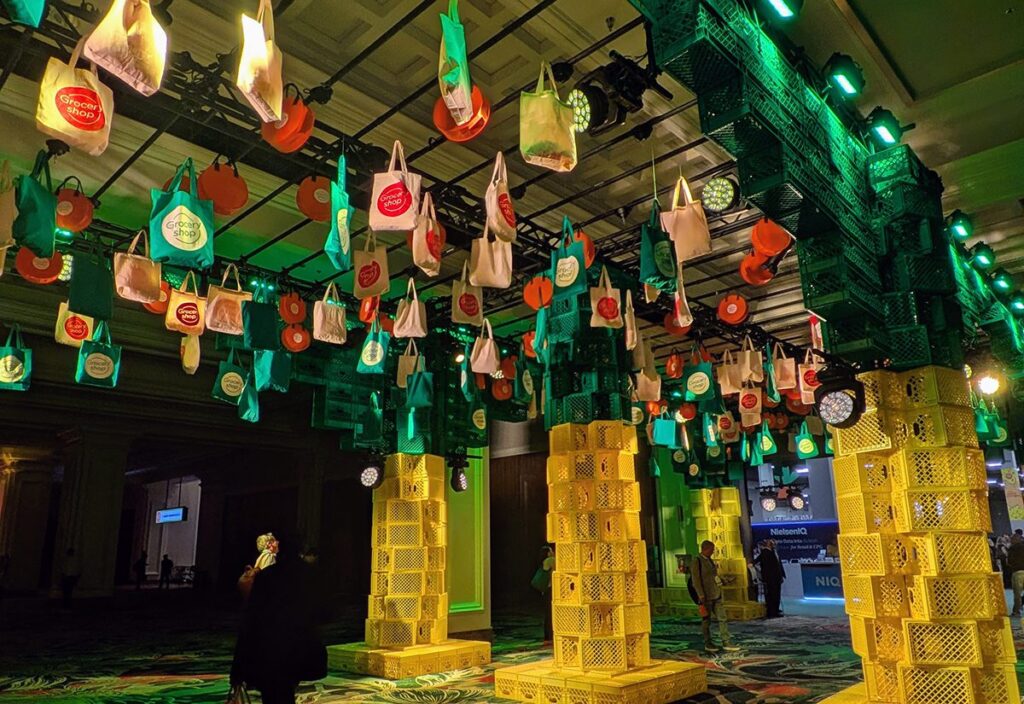By now, most of us in the marketing world have heard the phrase “dilly dilly.” The two words became famous in Bud Light’s series of ads that began in August showing citizens of a fictional world crowning friends and celebrating them with a call of “dilly dilly.” In the real world, “dilly” is defined as something remarkable or outstanding, perhaps the subliminal message Bud Light wants consumers to attribute to its brew.
If “dilly dilly” sounds silly, that’s by intent. The credit for coming up with the phrase, which has become part of the American lexicon—especially in sports vernacular— is given to a senior copywriter and a senior art director at Wieden+Kennedy, the agency that crafted the Bud Light campaign, according to the New York Times.
It became clear that “dilly dilly” had quickly permeated pop culture when NFL touchdowns were cheered by social posts of “dilly dilly.” Students wrote the words on signs they waved in the background as ESPN aired “College Game Day.” Savannah Guthrie tossed them out on the “Today Show.” And to top it all off, one of the creative directors at Wieden & Kennedy thought he heard an NFL quarterback call out “dilly dilly” to his teammates—and he did, the NYT said.
The words have been seen on t-shirts, football jerseys and even spawned a new brew called Dilly Dilly. The new beer, however, was released, not by the maker of Bud Light, Anheuser-Busch InBev, but by Modist Brewing in Minneapolis. AB Inbev was quick to put a stop to it, but in a fashion that maintained the flavor of “dilly dilly.” Like the characters in the commercial, a person walked through the doors at Modist Brewing in medieval garb with a scroll and began to proclaim that “we believe that any beer that is shared among friends is a fine beer indeed.” However, he asked that Modist keep Dilly Dilly to a limited-edition, one-time only run or it might find itself touring the “pit of misery,” another reference to the TV ad.
So, seemingly just like that, a new catchphrase was created that caught the attention of consumers and once again put Bud Light in the media and social spotlight—remember Whassup from DDB Worldwide Chicago?
The New York Times spoke with the ad agency to learn how they had succeeded in creating a genuine meme.
Related articles:



